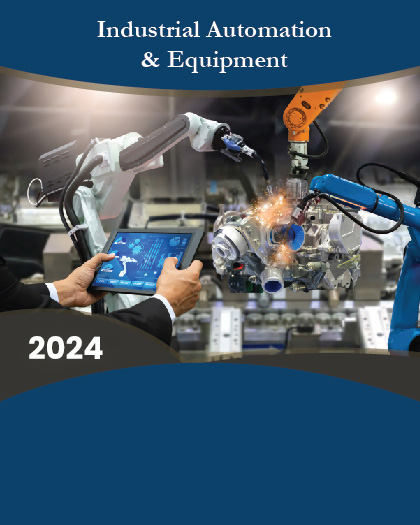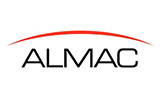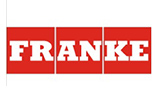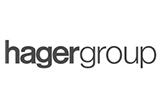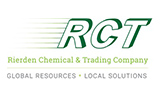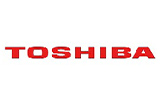
The Global Mobile Robotics Market is valued at approximately USD 21.04 billion in 2023 and is anticipated to exhibit an impressive compound annual growth rate (CAGR) of 20.7% over the forecast period 2024-2032. Mobile robotics, an innovative field integrating advanced technologies in AI, machine learning, and sensing systems, has emerged as a pivotal solution to automate various operational processes. The growing deployment of autonomous systems across industries, from logistics and manufacturing to defense and healthcare, is driving the market's unprecedented growth trajectory. Mobile robots are transforming how industries manage efficiency, safety, and precision, marking a new era of operational excellence.
The rapid advancements in hardware components, including cutting-edge sensors, processors, and power systems, combined with robust software platforms, are propelling the development of mobile robotic systems. Furthermore, the increasing adoption of unmanned aerial vehicles (UAVs) for surveillance, delivery, and mapping applications, alongside unmanned ground vehicles (UGVs) and autonomous underwater vehicles (AUVs), underscores the market's expansive potential. Governments and private enterprises worldwide are heavily investing in research and development to accelerate the integration of mobile robotics into critical sectors. For instance, defense sectors globally are prioritizing the use of mobile robots for reconnaissance and logistics, further stimulating demand.
While the prospects for mobile robotics are undoubtedly promising, challenges such as high initial investment costs and regulatory restrictions on the usage of UAVs in civilian spaces may pose significant hurdles. Nonetheless, continuous advancements in AI-driven robotics and strategic partnerships among industry leaders to create cost-effective solutions are expected to mitigate these challenges. The development of smart, collaborative robots capable of interacting seamlessly with human operators represents a transformative trend poised to redefine the future of automation.
The regional analysis reveals that North America holds a commanding position in the mobile robotics market, driven by a robust technological infrastructure and substantial investments in R&D activities. Europe follows closely, bolstered by widespread industrial automation and government support for innovation in robotics. The Asia Pacific region, however, is expected to witness the fastest growth, spurred by rapid industrialization, increasing urbanization, and the proactive adoption of cutting-edge technologies by emerging economies such as China and India.
Major market players included in this report are:
Boston Dynamics
iRobot Corporation
KUKA AG
ABB Ltd.
FANUC Corporation
DJI
Omron Corporation
Yaskawa Electric Corporation
Northrop Grumman Corporation
Honda Motor Co., Ltd.
SoftBank Robotics
Seegrid Corporation
ECA Group
Intuitive Surgical, Inc.
Locus Robotics
The detailed segments and sub-segment of the market are explained below:
By Component:
Hardware
Software
Services
By Product:
Unmanned Ground Vehicles (UGV)
Unmanned Aerial Vehicles (UAV)
Autonomous Underwater Vehicles (AUV)
By Application:
Logistics & Warehousing
Military & Defense
Healthcare
Agriculture
Others
By Region: North America:
U.S.
Canada
Europe:
UK
Germany
France
Spain
Italy
Rest of Europe (ROE)
Asia Pacific:
China
India
Japan
Australia
South Korea
Rest of Asia Pacific (RoAPAC)
Latin America:
Brazil
Mexico
Rest of Latin America (RoLA)
Middle East & Africa:
Saudi Arabia
South Africa
Rest of Middle East & Africa (RoMEA)
Years considered for the study are as follows:
Historical Year: 2022
Base Year: 2023
Forecast Period: 2024 to 2032
Key Takeaways:
Market estimates & forecasts spanning a decade, from 2022 to 2032.
Annualized revenue and regional-level analysis for every market segment.
Comprehensive geographical landscape analysis with country-level data for major regions.
Competitive landscape insights highlighting significant players in the market.
Evaluation of key business strategies and actionable recommendations for future approaches.
Analysis of market's competitive structure, supply-side, and demand-side dynamics.

